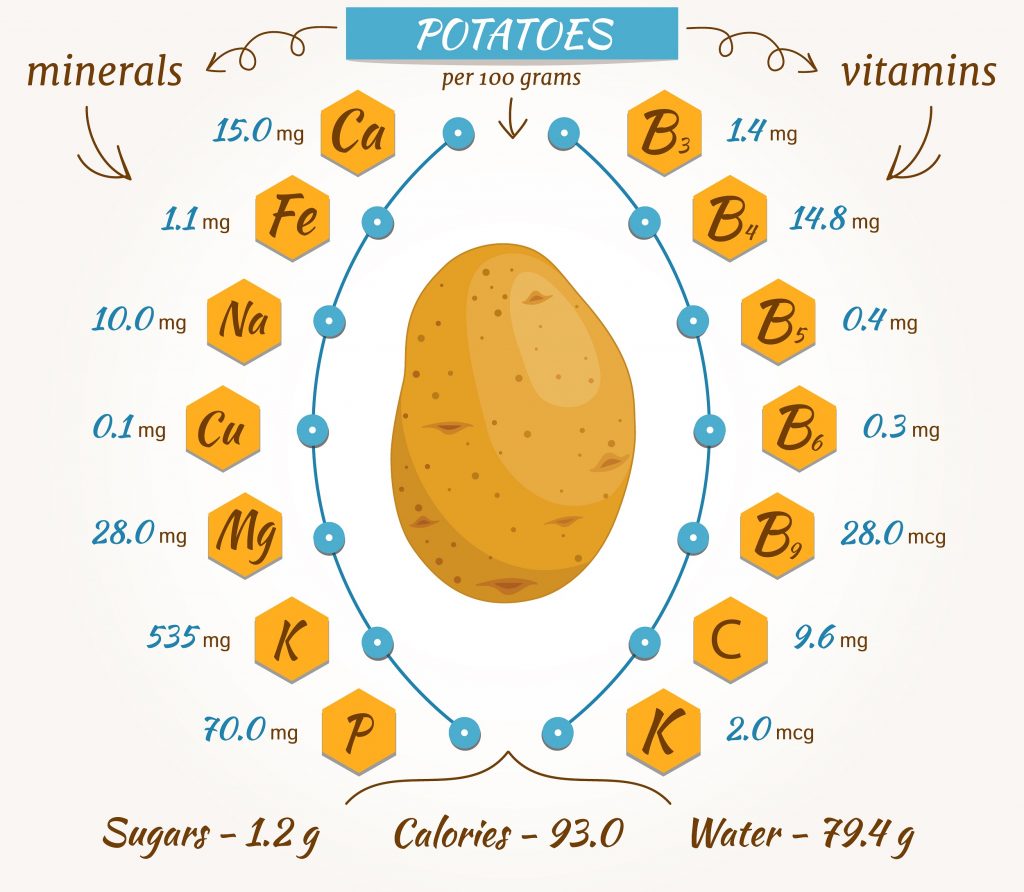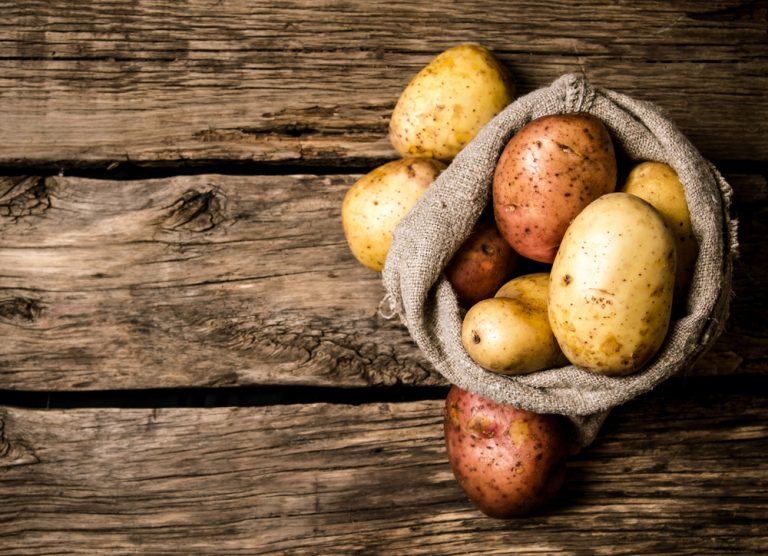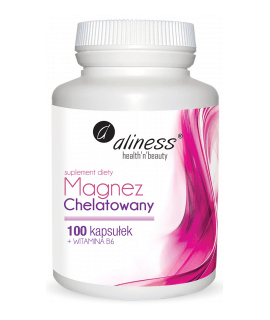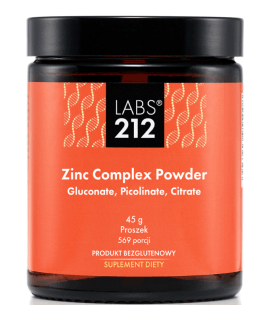For some, potatoes are considered worthless and fattening. In fact, potatoes contain few calories, but a lot of vitamins (especially vitamin C and beta-carotene), minerals, fibre and protein. You just need to know how to prepare them so that they don’t lose their nutritional value.
Potatoes and diet
It must be said clearly that potatoes are not responsible for our weight gain. They are fattening only through all additions, sauces, meat and added fat sources. For tomatoes alone, there is only 75 kcal in 100 g of potatoes cooked in water. They are a source of many nutrients valuable for health. Also, they contain easily digestible carbohydrates, and its proteins match the soybean’s one quality, recognized as the healthiest vegetable protein in the world. It is true that it is half as much as in the same amount of soy, but you can eat potatoes with a fried egg, curd or a piece of turkey breast.
Potatoes full of vitamins
Potatoes are a valuable source of vitamin C. Most of them is in a young type of potatoes. One medium-sized potato contains about 16 mg of this vitamin, and the daily requirement of the organism for it is about 60 mg. The more time has passed since excavation and the longer the potatoes lay on the store shelves, the less vitamin C can be found in them. Yellow varieties have quite a lot of beta-carotene (the less carotene, the lighter the pulp is). Potatoes contain some vitamin H, K, B1, B2, B6 and PP. They are also rich in mineral elements, mainly potassium and phosphorus, but in trace amounts, they also have magnesium, calcium, iron, manganese, sodium, fluorine, iodine and sulfur. So in the result, while eating them often we supplement almost all mineral deficiencies in our body.

Potatoes - for digestion, hypertension and kidney stones
Boiled potatoes, thanks to their nutritional values and at the same time easily digestible starch, are recommended for people recovering or suffering from digestive system diseases.
Potatoes, like other vegetables, contain a lot of fibre and that is why they improve digestion, help with constipation, diarrhoea and facilitate the removal of cholesterol from the body. Systematic drinking of raw potato juice has been known for centuries as a natural treatment for stomach ulcers, hypertension and arthritis.
Potatoes in their skins
The most delicious and the healthiest are potatoes in the fall. That’s when it’s worth eating a lot of them, baking them in their skin. Thanks to this they will retain the most vitamins and minerals. However, if you peel potatoes to serve as an addition to dishes, do not keep them in water for too long.
Of course, remember to cover the pot; this will shorten the cooking time and prevent the loss of valuable ingredients. We handle potatoes stored for a long time a little differently. The closer to spring, the worse their quality. This is because during storage (in too warm and humid spaces) they begin to rot or sprout. Green spots appear on the skin, indicating a high content of solanine.
Although small amounts of this substance, in combination with other potato ingredients, support the treatment of diseases of the nervous system, in excess, solanine can cause food poisoning, especially in children’s organism. During storage, its concentration increases, especially when numerous sprouts grow from the tubers, and most potato pulp is green. It is best to give up eating potatoes in such a state.
How do you spot good potatoes?
All potatoes of a given species should have a similar size, colour and texture of the shell. Smooth skin indicates high-quality potatoes. The rougher the shell, varied size and shape of potatoes, the greater the probability that they were transplanted with soil fertilization. Consequently, this has a detrimental effect on both taste and composition.









